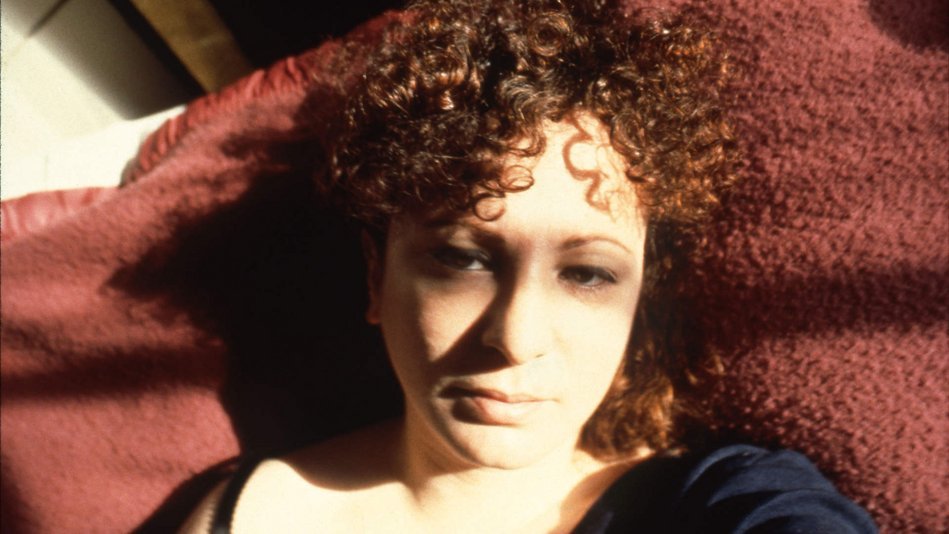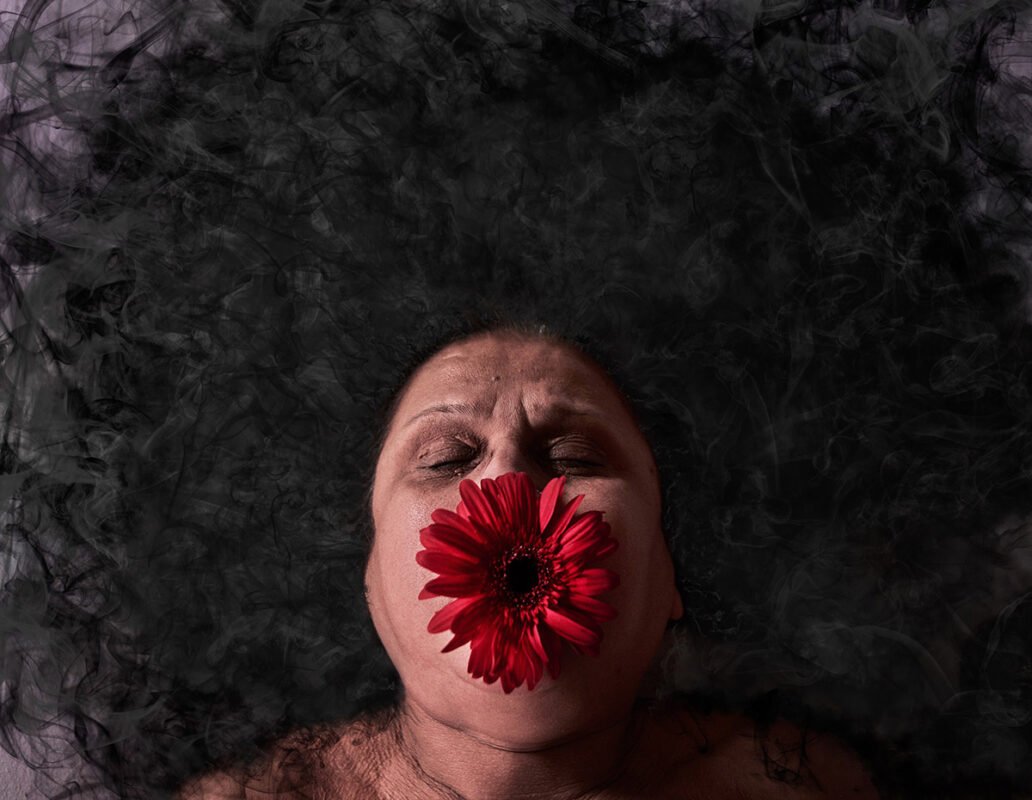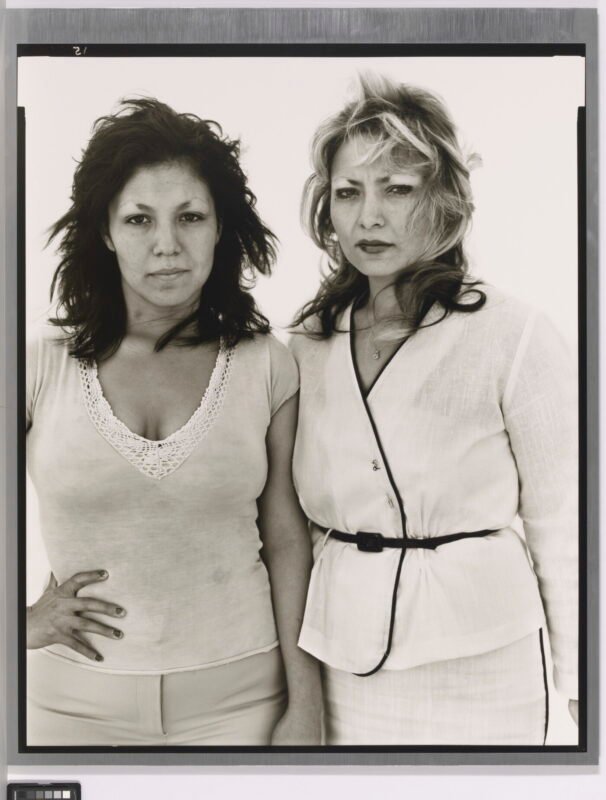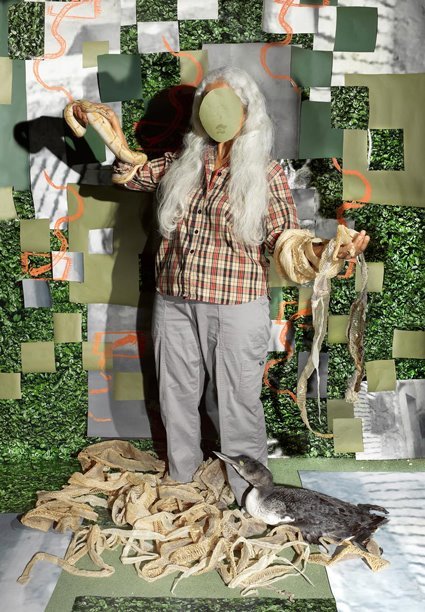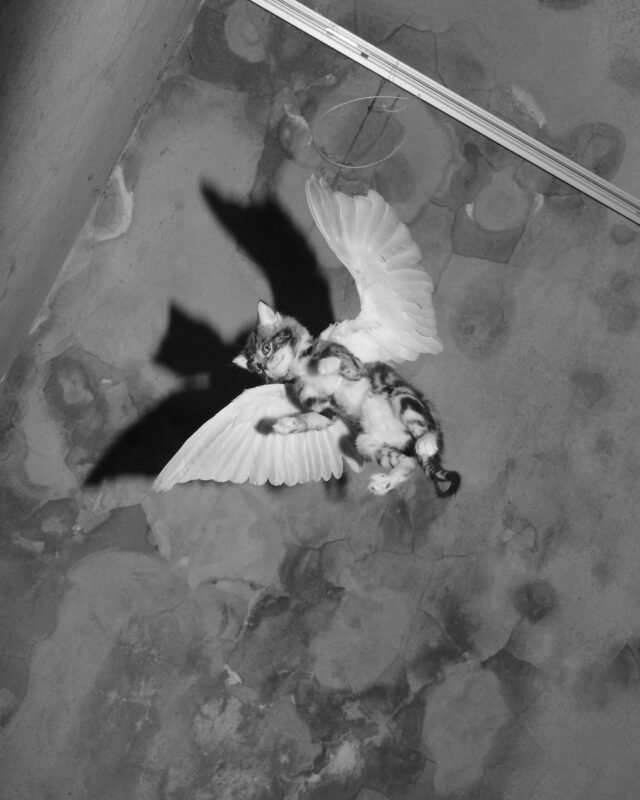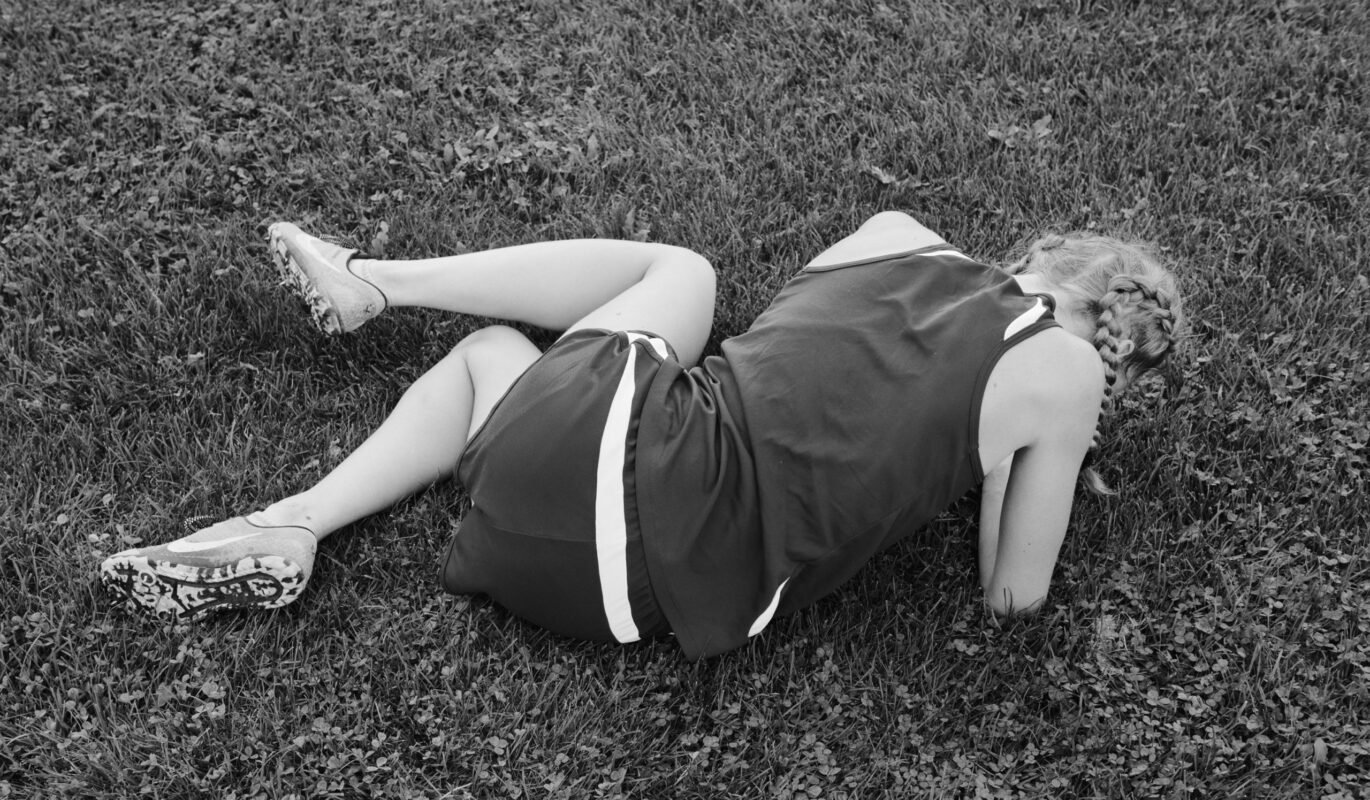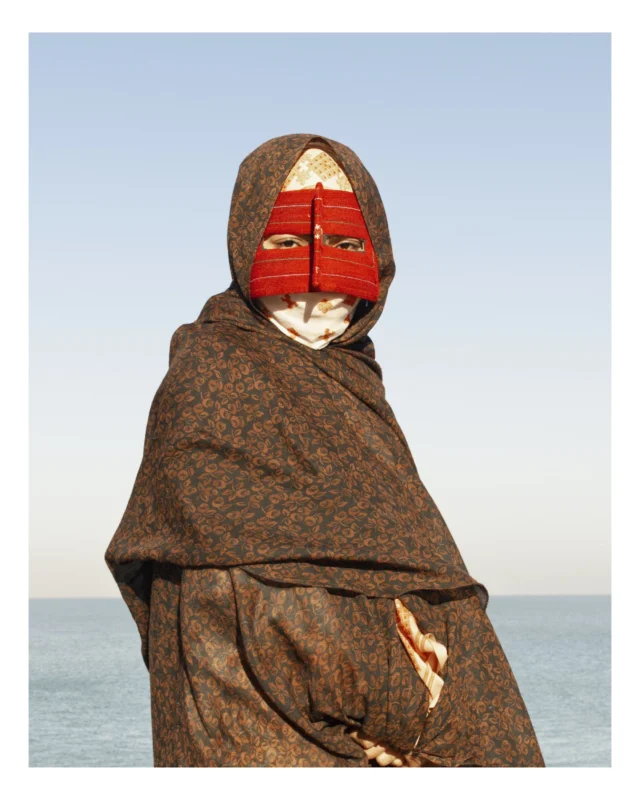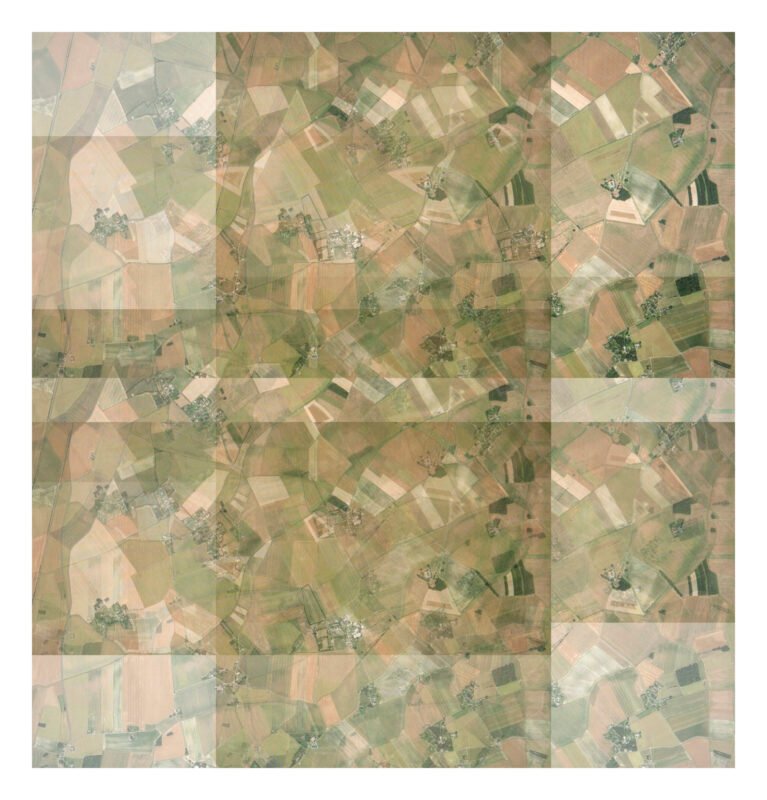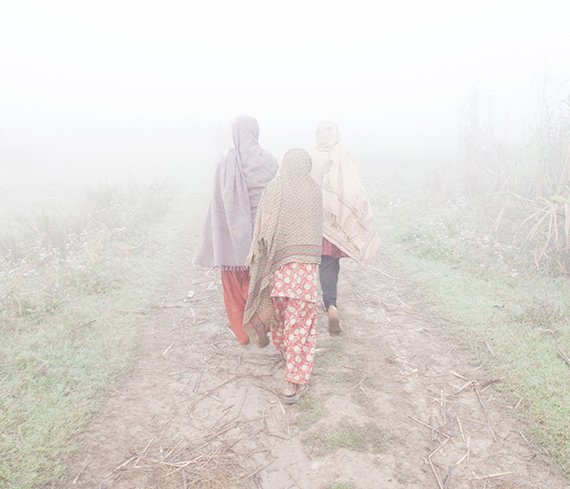10 Must-See Exhibitions: Autumn 2025
Our quarterly guide to the global art calendar is back with must-see exhibitions for Autumn 2025, taking in galleries, museums, festivals, and project spaces from Milan to Beijing.
1000 Words | Resource | 7 Oct 2025
Join us on Patreon
Nan Goldin, This Will Not End Well – Pirelli HangarBicocca, Milan
11 October – 15 February
At Milan’s Pirelli HangarBicocca is the most comprehensive presentation of Nan Goldin’s slideshows to date, billed as her debut solo exhibition as a filmmaker. As with its previous presentation in Berlin, Goldin’s works are housed within structures designed by architect Hala Wardé, a longtime collaborator of the artist. In what she calls a ‘village,’ Goldin’s hallmark themes; intimacy and connection, the everyday alongside wild parties, and the tension between autonomy and dependency, are brought to life and into conflict in a way that mirrors the complexity and instability of the lives she chronicles. The show also features two works making their European museum debut alongside a newly commissioned sound installation.
Poulomi Basu, Phantasmagoria – Fotomuseum Winterthur, Switzerland
25 October – 15 February
Phantasmagoria, the title of Poulomi Basu’s first major solo exhibition at Fotomuseum Winterthur, draws on the ghostly spectacle of 18th-century lantern shows – those early cinematic illusions that conjured spirits, staged the supernatural and flirted with resurrection. This legacy of apparitions and imagined worlds threads Basu’s own transmedia universe, where photography, virtual reality, film, and performance collide. For over a decade, Basu has immersed herself in the lives of some of the world’s most marginalised women and through this prolonged, often deeply personal engagement, her documentary mode meets ecofeminist myth, and the real slips, hauntingly, into the fantastical.
Richard Avedon, In The American West – Fondation Cartier Bresson, Paris
30 April – 12 October
To mark 40 years since the publication of In the American West, Fondation Henri Cartier-Bresson has taken a bold look back at Richard Avedon’s iconic portrait series. Shot over five years and spanning more than 1,000 sitters – from miners to performers to salesmen – Avedon’s stark, white-backdropped images strip away frontier mythology to reveal the raw human drama of the American West. The exhibition assembles over 100 master prints from the original book, presenting the complete photographic series for the first time in Europe, and features previously unpublished archival materials that document its formation and imprint. Abrams has reissued the long out-of-print book, returning a classic to shelves.
Lisa Barnard & Isadora Romero, After Nature Photography Prize 25 – C/O Berlin
27 September – 28 January
C/O Berlin announces the winners of the After Nature Photography Prize 25: Lisa Barnard and Isadora Romero. Accompanied by a dedicated publication from Hartmann Books, a double exhibition of Barnard’s and Romero’s work is on view at C/O Berlin before travelling to the Open Space of the Crespo Foundation in Frankfurt in spring 2026.
Barnard’s project, You Only Look Once, takes inspiration from Thomas Nagel’s essay What Is It Like to Be a Bat?, investigating how emerging technologies – from animal echolocation to driverless vehicles, lithium mining, and nuclear test sites – reshape human sensory experience and ecological awareness. Notes on How to Build a Forest is described as ‘a decolonial reflection on our relationship to the world,’ in which Romero examines the colonial framing of tropical rainforests, combining classical documentary photography, organic materials, and experimental development processes to propose a more thriving relationship between environment and inhabitants.
I Still Dream of Lost Vocabularies – Autograph, London
10 October – 21 March
Autograph hosts a major group exhibition curated by Bindi Vora that interrogates the photograph as a site of mutability, a site to be fragmented, sutured and recharged through the idioms of collage and photomontage. Probing the politics of representation and its limits, the participating artists complicate the ‘constructed’ image, questioning whether it can bear the weight of contested narratives where language falters. With over 90 works by 12 contemporary artists, the participating artists turn to collage and summon its long history of political dissent to splinter the photograph’s presumed coherence and loosen the knots between image and the political.
Alice Poyzer, Other Joys – Serchia Gallery, Bristol
30 October – 30 November
Tucked into a Victorian house on the hillside in Cotham, Bristol, Serchia Gallery is a not-for-profit space run by Christine Marie Serchia. Other Joys, introduces the work of young British photographer Alice Poyzer, who recently received the British Journal of Photography’s Female in Focus Award, among other accolades. Poyzer, in her own words, describes the project as “an ongoing body of work that highlights my special interests as a woman with autism, through portraits and constructed imagery.” The resulting black-and-white photographs linger on butterflies, animal shows, and pieces of taxidermy; precise images that gently affirm self-acceptance and open a window onto Poyzer’s way of moving through the world.
Sam Contis, Moving Landscape – The Art Gallery of Western Australia
31 May – 9 November
AGWA hosts the first Australian solo exhibition of acclaimed US photographer Sam Contis, presenting over 85 works in dialogue with the histories of photography and film, and broadly with narratives of gender, place‑making and belonging. Bringing together the series Deep Springs, Overpass and Cross Country, Moving Landscape follows Contis’ exploration of how bodies and landscapes shape one another, from the deserts of the American West to the footpaths of rural England and the cross-country trails of Pennsylvania. It is a welcome selection of works, rhythmically composed, yet carrying us on a complex journey through terrain, through time and through ourselves.
Hoda Afshar, Performing the Invisible – Musée du quai Branly – Jacques Chirac
30 September – 25 January
Hoda Afshar’s research into the history of gazes and her visual experiments with the image converge at the Musée du quai Branly – Jacques Chirac, which presents her first major exhibition in France. The show brings two chapters of her practice into conversation: Speak the Wind (2015–20) and The Fold (2023–25). The latter draws from archival materials uncovered during Afshar’s own research at the museum, confronting orientalist and colonial photographic legacies. Meanwhile, Speak the Wind journeys to Iran’s southern coast, exploring the beliefs and stories tied to the winds that shape life on the islands of the Strait of Hormuz. Through photographs, videos, sound, and printed mirrors, a bridged path emerges between the two where invisible narratives begin to take form.
Chow and Lin, Even If It Looks Like Grass – Bounded Space, Beijing
6 September – 8 October
Artist duo Chow and Lin’s first solo exhibition in Beijing brings together previously shown works that investigate the systems of wheat and data centres across 10,000 years of human history, alongside new pieces created for this multi-room installation, incorporating AI models, food security research and immersive sensory experiences. The Beijing-based husband-and-wife duo, long active on the international stage for their engagement with global policy and research, continue their inquiry into how statistical, mathematical, and computational methods map the world’s vulnerabilities – a chance to see works from 8 projects across Chow and Lin’s 15-year art journey.
New Photography 2025, Lines of Belonging – MoMA, New York
14 September – 17 January
True to its name and marking its 40th anniversary, the New Photography programme brings together 13 international artists and collectives from Johannesburg, Kathmandu, New Orleans, and Mexico City, each presenting distinct bodies of work for the first time. Exploring the tangible and intangible forces that bind communities together, the show “draws out connective threads within, across, and beyond the idea of borders,” says curator, Roxana Marcoci. Highlights include Sandra Blow’s vibrant portraits of LGBTQ+ youth in Mexico City, The Public Life of Women project chronicling Nepali women’s experiences, and Gabrielle Garcia Steib’s installations linking Latin America and the American South, among others.♦
–1000 Words
Images:
1-Nan Goldin, Self-Portrait with Eyes Turned Inward, Boston, 1989
2-Poulomi Basu, from the series Fireflies, 2019
3-Richard Avedon, Annette Gonzales, housewife, and her sister Lydia Ranck, secretary, Santuario de Chimayo, New Mexico, Easter Sunday, 4/6/80. © The Richard Avedon Foundation
4-Isadora Romero & Ailín Blasco, Palms at Mache Chindul, 2024
5-Sheida Soleimani, Magistrate; from the series Flyways, 2024
6-Alice Poyzer, A taxidermy kitten, with additional wings, held in the air; from the series, Other Joys
7-Sam Contis, Clover 2019
8-Hoda Afshar, Untitled #2, 2015-20
9-Chow and Lin, Even If It Looks Like Grass, 2024. Courtesy the artists and Bounded Space
10-Prasiit Sthapit, Saloni and friends (2013); from Change of Course, 2012-18
1000 Words favourites
• Renée Mussai on exhibitions as sites of dialogue, critique and activism
• Roxana Marcoci navigates curatorial practice in the digital age
• Tanvi Mishra reviews Felipe Romero Beltrán’s Dialect
• Discover London’s top five photography galleries
• Tim Clark in conversation with Hayward Gallery’s Ralph Rugoff on Hiroshi Sugimoto
• Academic rigour and essayistic freedom as told by Taous Dahmani
• Shana Lopes reviews Agnieszka Sosnowska’s För
• Valentina Abenavoli discusses photobooks and community
• Michael Grieve considers Ute Mahler and Werner Mahler’s posthumous collaboration with their late family member
• Elisa Medde on Taysir Batniji’s images of glitched video calls from Gaza
Join us on Patreon today and be part of shaping the future of photographic discourse

